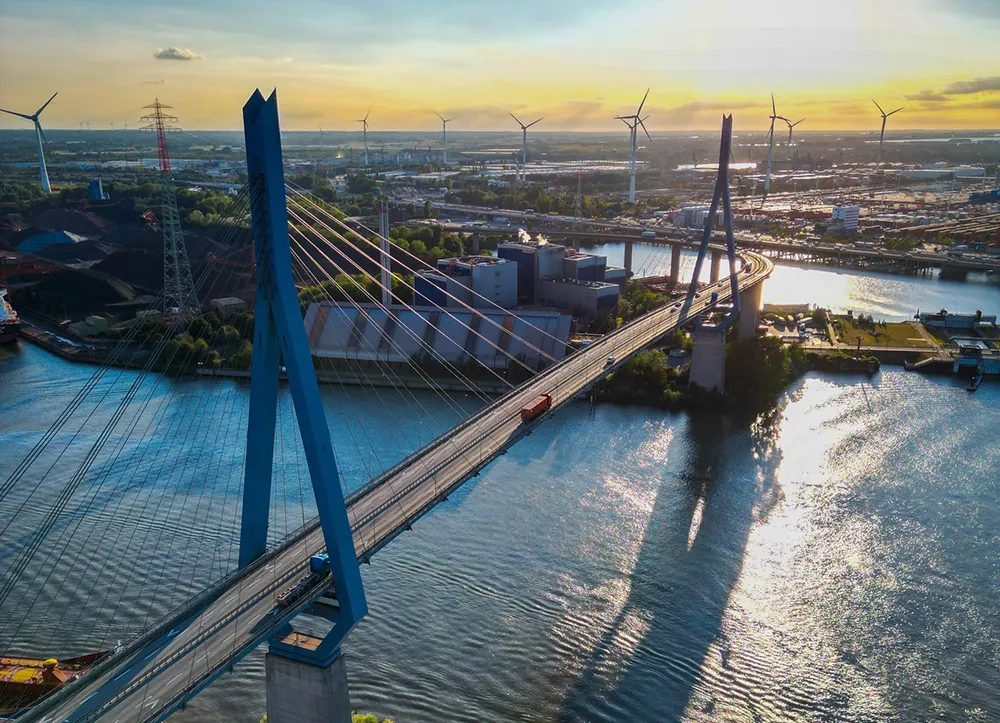Shenzhen, China, will start construction of its 93 kilometre outer ring expressway, intended to become one of the most important east-west expressways in the city, next year.
The US$4.3 billion project includes 82 bridges and twelve tunnels, and is expected to be completed in 2018.
The expressway is viewed as the most important of the seven expressways in Shenzhen’s expressway network. It is designed with three lanes in each direction and a speed limit of 100 kilometres per hour.
September 27, 2013
Read time: 1 min
Shenzhen, China, will start construction of its 93 kilometre outer ring expressway, intended to become one of the most important east-west expressways in the city, next year.
The US$4.3 billion project includes 82 bridges and twelve tunnels, and is expected to be completed in 2018.
The expressway is viewed as the most important of the seven expressways in Shenzhen’s expressway network. It is designed with three lanes in each direction and a speed limit of 100 kilometres per hour.
“The expressway is part of the Pearl River Delta expressway network and will link with a dozen expressways and national highways. It will greatly stimulate the economy in Longgang and Pingshan,” said Tian Feng, a chief designer with the Shenzhen Urban Transportation Planning and Design Institute.
The US$4.3 billion project includes 82 bridges and twelve tunnels, and is expected to be completed in 2018.
The expressway is viewed as the most important of the seven expressways in Shenzhen’s expressway network. It is designed with three lanes in each direction and a speed limit of 100 kilometres per hour.
“The expressway is part of the Pearl River Delta expressway network and will link with a dozen expressways and national highways. It will greatly stimulate the economy in Longgang and Pingshan,” said Tian Feng, a chief designer with the Shenzhen Urban Transportation Planning and Design Institute.









